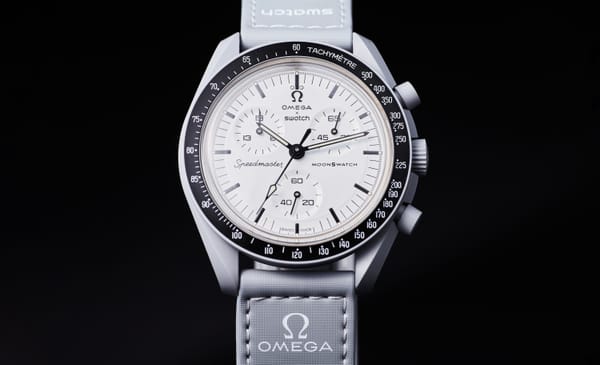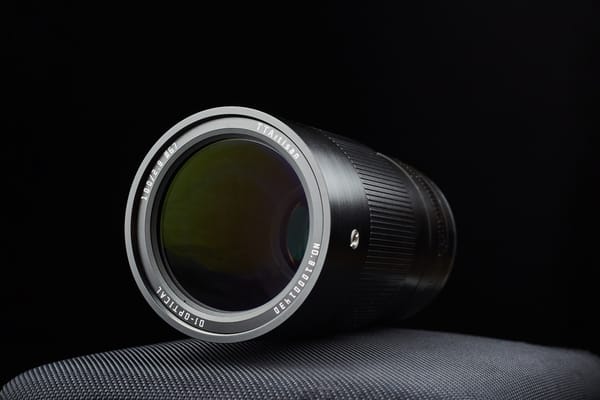A Review Of Ilford HP5 Plus 400 Film
Though some users may prefer a film with more built-in contrast such as Tri-X 400, or less grain like T-Max 400, Ilford HP5 Plus 400 remains one of the greatest film stocks ever made; in part due to its incredibly flexible exposure latitude.

Decaf Journal is reader-supported. When you buy links through our site, we may earn an affiliate commission.
Black and white film has a subtle, yet powerful effect. By subtracting color from the equation you're one step removed from reality, which has the ability to make images seem timeless. Shooting monochromatically also presents an interesting exercise as the absence of color forces you to place emphasis on light, shadow, texture, and shape.
My love of black and white photography is one of the main reasons I choose to shoot film, but I've come to an odd realization recently. Although Ilford HP5 Plus 400 has been featured on this website numerous times including personal projects and interviews, I've never done a proper analysis on it.
Perhaps this is because it's been such a ubiquitous element in my photography over the years that I've never given it a second thought. My mantra was essentially "If I don't know what film to shoot with, I'll just use HP5". I almost always have a roll on hand, just because.
Ilford originally introduced HP5 in 1976, but was later replaced by HP5 Plus in 1989. The latter has maintained its position as one of the most popular analog film stocks to this day. Ilford Hp5 Plus 400 has been pivotal in my photographic journey, and was the first film stock I shot when I got back into film ten years ago.

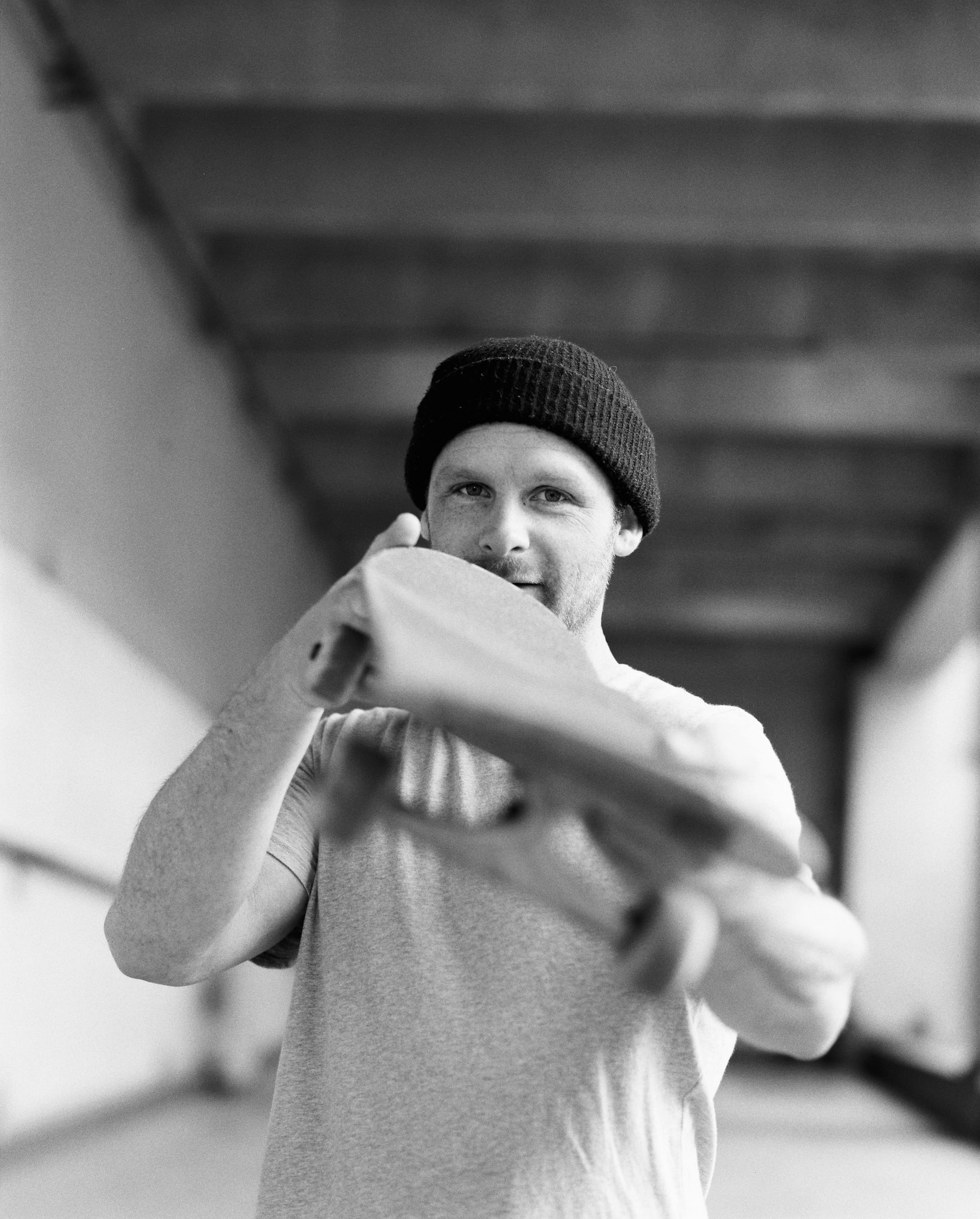
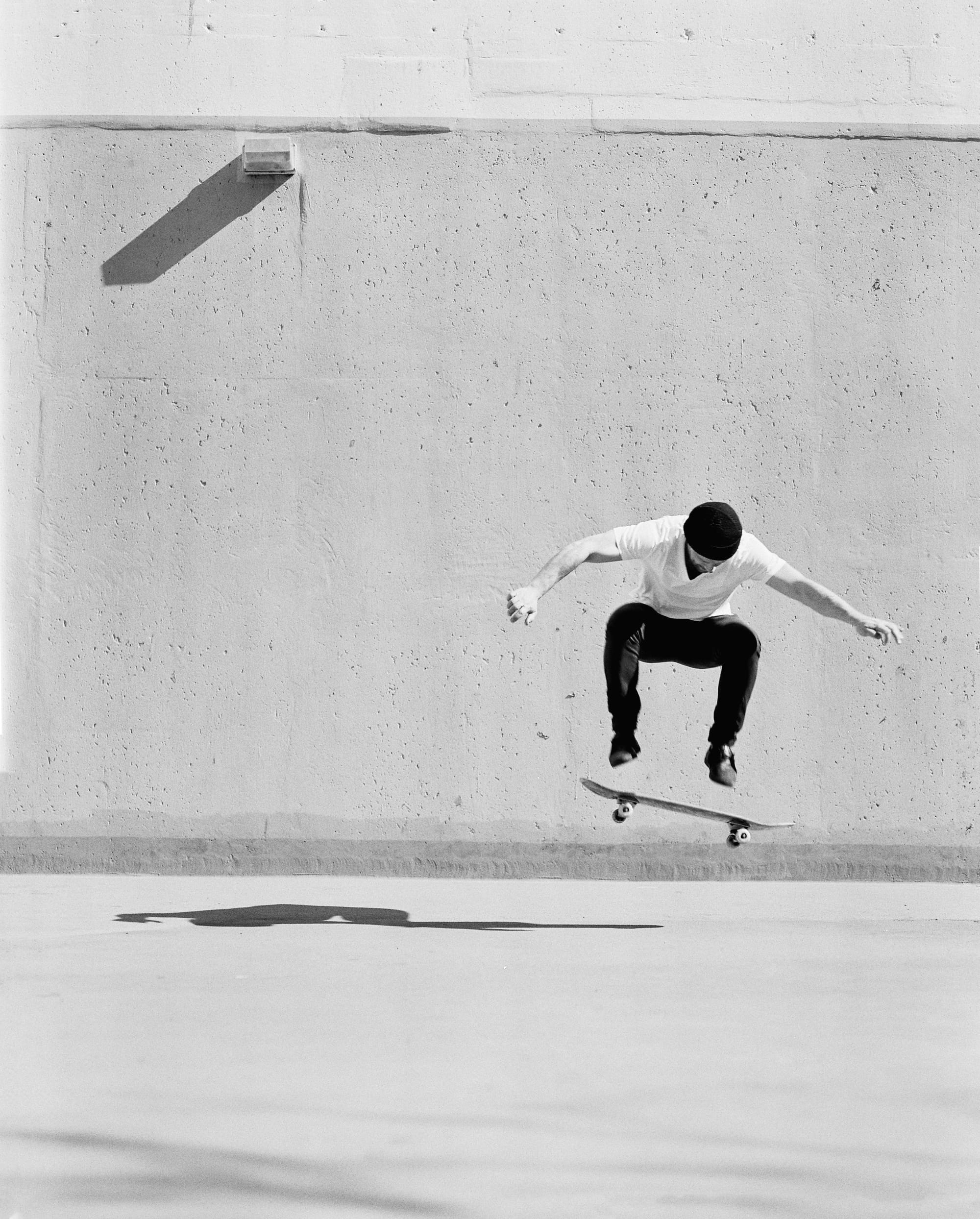
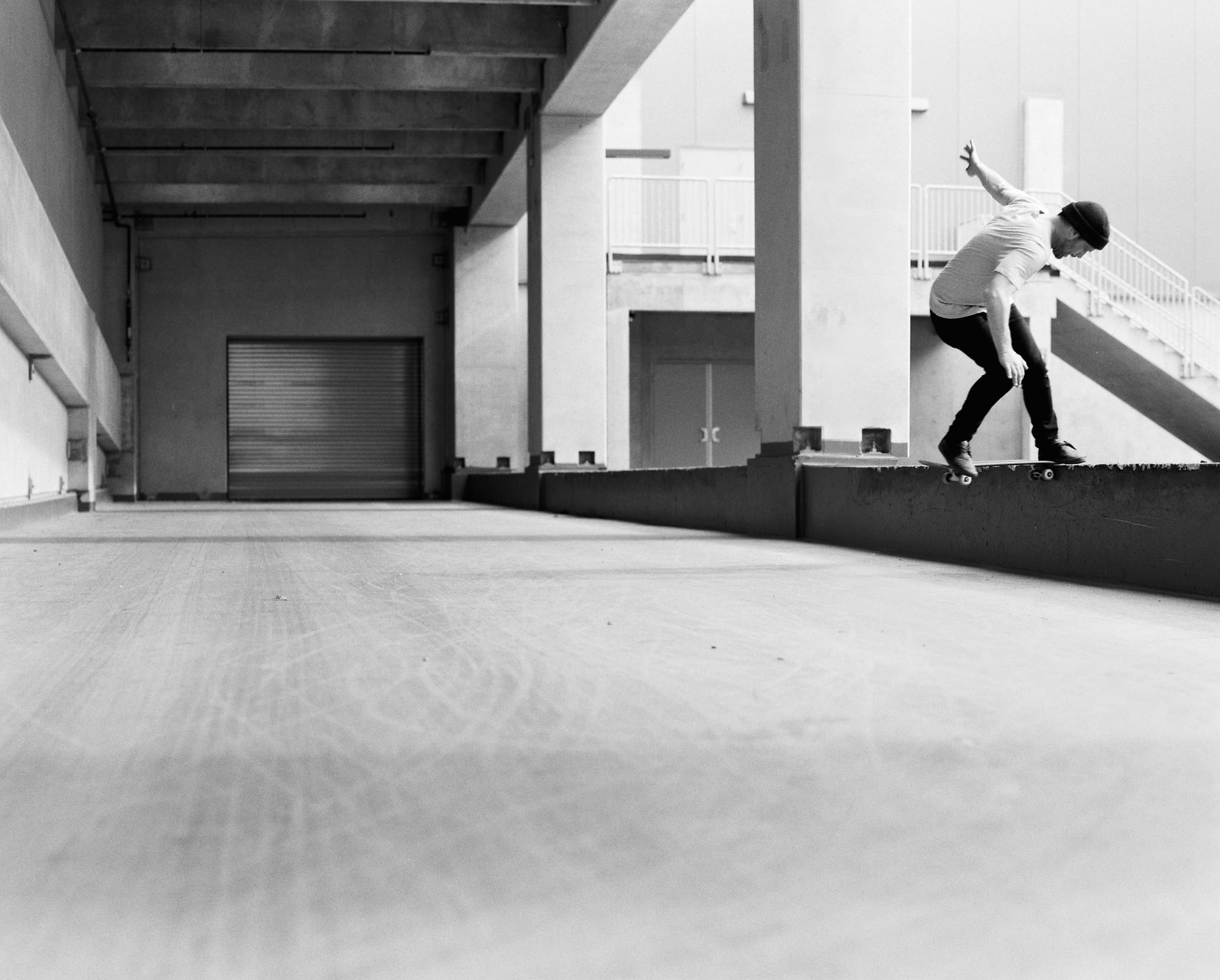
Ilford HP5 Plus 400 is a medium speed black and white negative film which makes it well suited for a variety of circumstances including sunny days, cloudy conditions, capturing fast action, low light indoors, and even nighttime use when rated at ISO 1600 or 3200. In general, negative films yield better results from a bit of overexposure, so I intentionally overexpose Ilford HP5 Plus 400 by one stop t0 ensure the shadows receive enough light. This technique produces an optimally malleable negative with plenty of dynamic range, allowing you to apply a variety of different looks in post production.
I've most often scanned this film myself using a Plustek Opticfilm 8200i SE film scanner, and what's immediately apparent when doing so is that Ilford HP5 Plus 400 tends to have an inherently low contrast look out of the box thanks to the massive amount of dynamic range the negative holds. While this flat contrast ratio might seem visually disappointing at first glance, it's actually one of the best aspects of this film. Think of it as a blank canvas; one that you can take in any direction you wish by strategically adding contrast to various parts of the image using the following tools in Photoshop:
I like to dial in my preferred amount of contrast first using tone curves or dodging / burning, and then apply a layer mask to selectively target specific areas of an image. Granted, this takes more effort than a general contrast adjustment, but for the right image it can have a major impact.

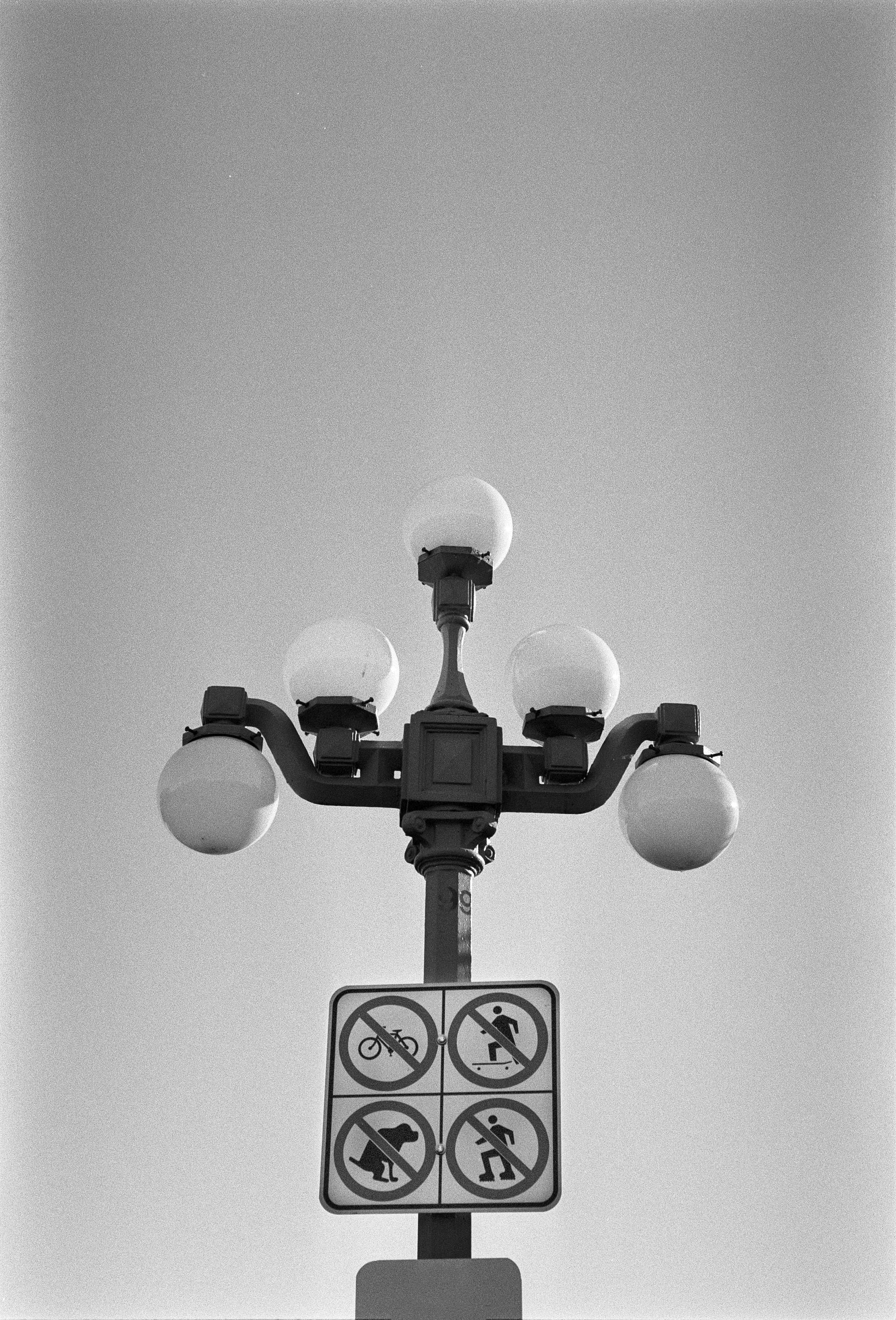
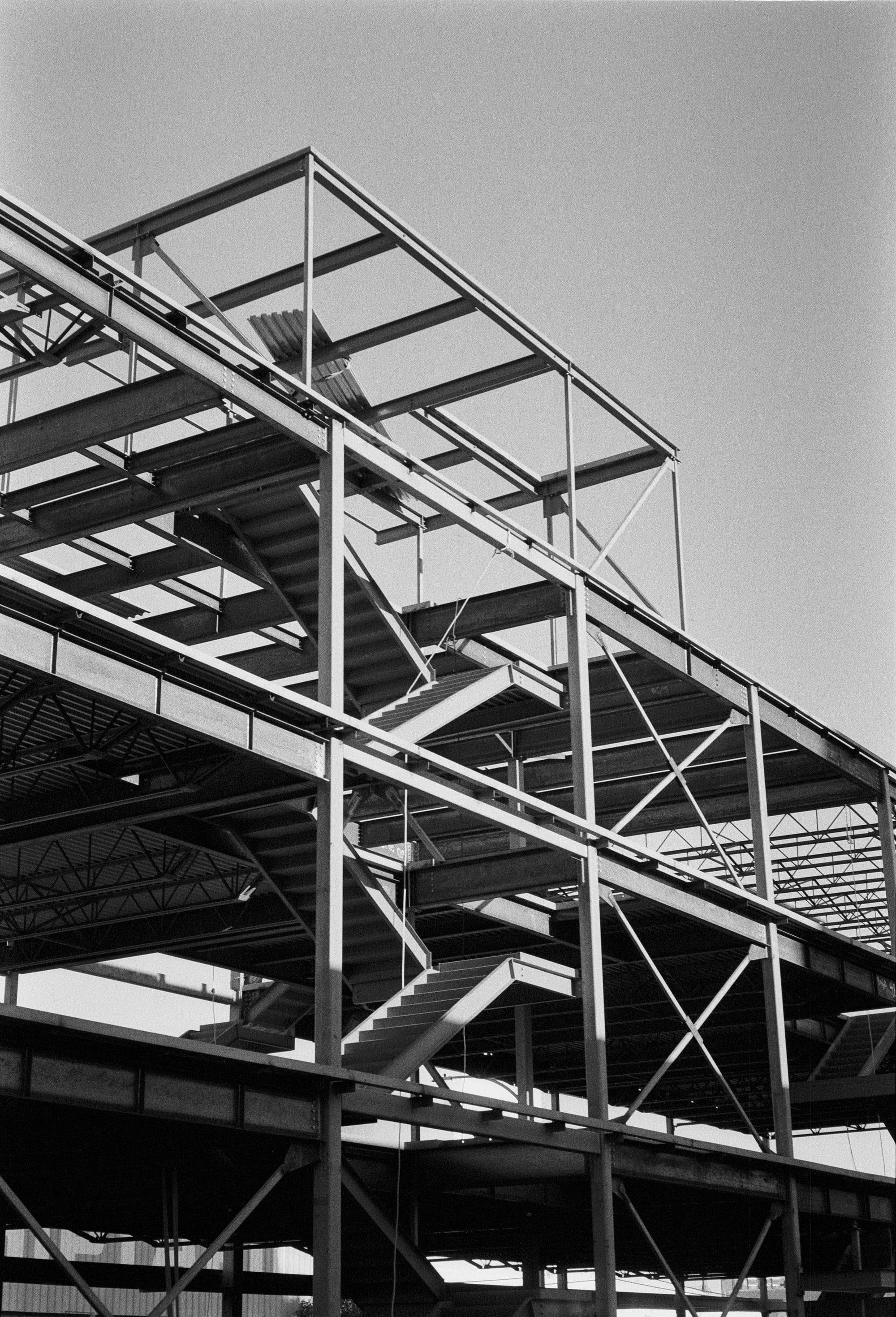
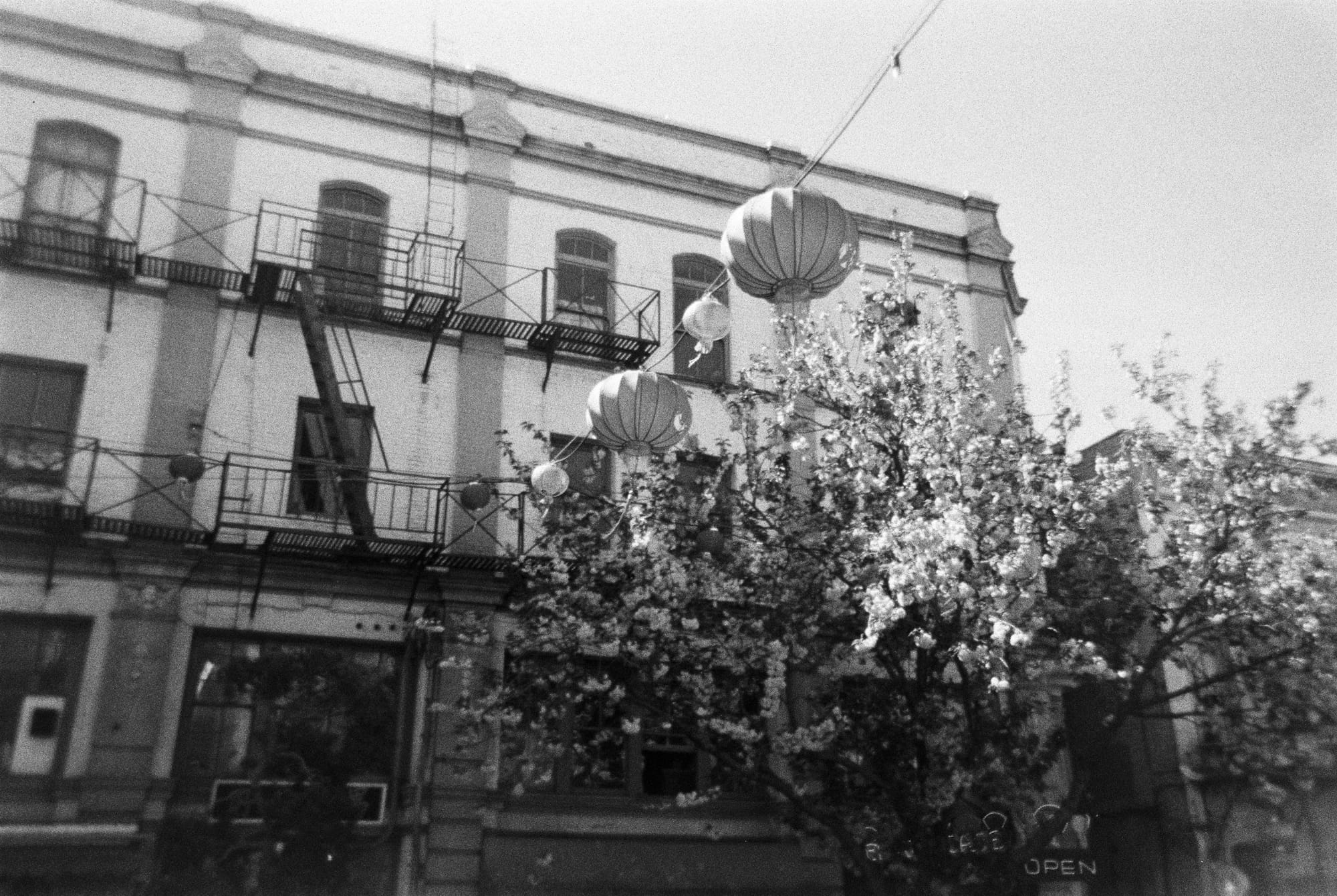
Another wonderful trait of Ilford HP5 Plus 400 is that it's a remarkably difficult film stock to mess up in terms of exposure, making it a superb choice for beginners interested in trying out film photography for the first time. It can easily be pulled or pushed by multiple stops in development as well. I've even successfully pushed it by three stops and still came away with a perfectly usable image, and some of the photos in this article have also been pushed by two stops.
A key reason why people shoot film today is to enjoy the natural grain that analog film embeds into the images. Ilford HP5 Plus 400 employs a traditional cubic grain structure which organically adds character and is the epitome of classic black and white film. In 35mm format, the grain is quite pronounced but it becomes so subtle in 120 format that you may not even notice it.
Ilford HP5 Plus 400's main competitor is Kodak Tri-X 400, which is an equally beloved film stock with a no shortage of photographers who swear by it. The two films compete neck and neck as they both share a similar cubic grain structure and a wide dynamic range. Where I find Tri-X having a slight edge is that it has a contrastier look out of the box, but otherwise the two are honestly interchangeable. Your choice of developer and scanning process will likely influence the final image more than which of these two films you choose.

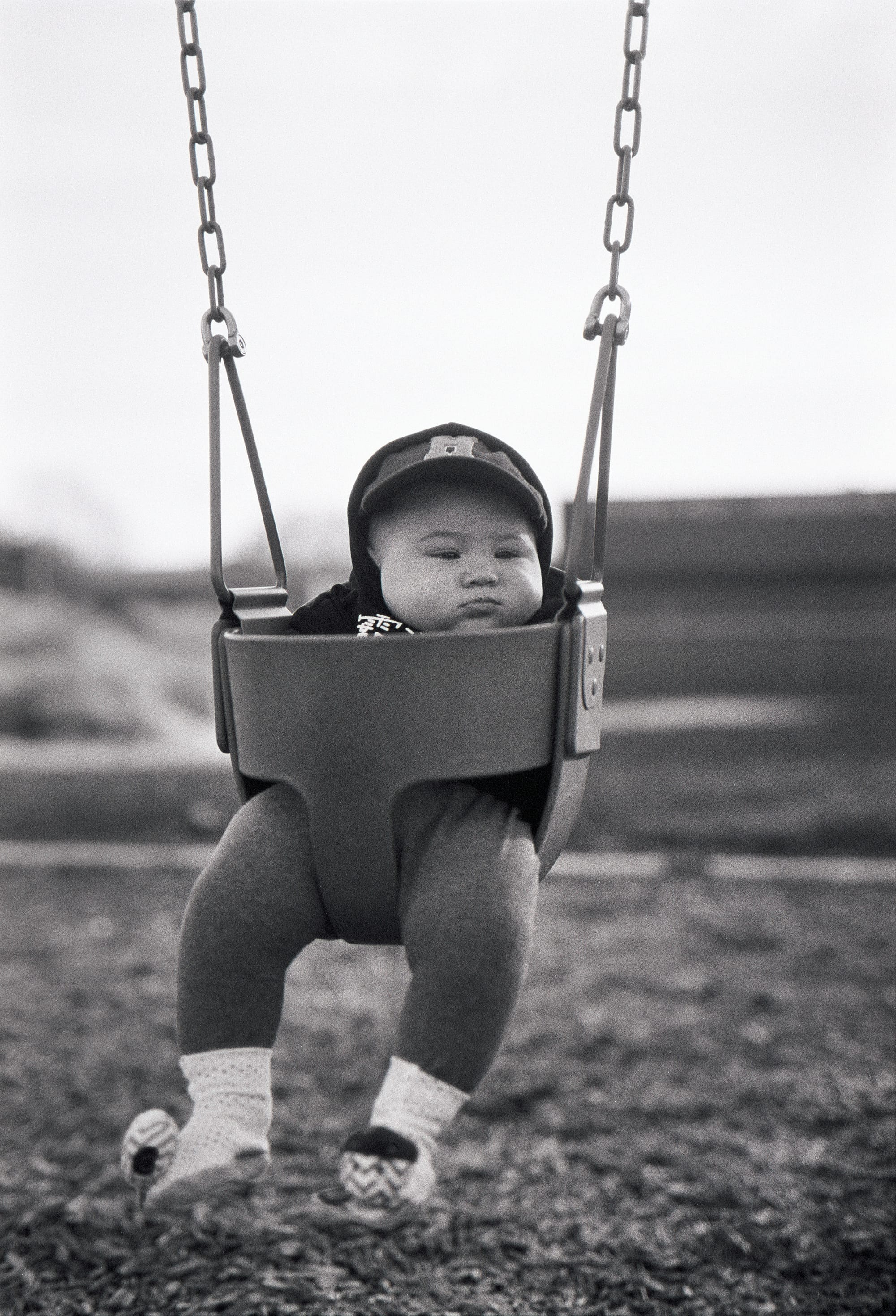
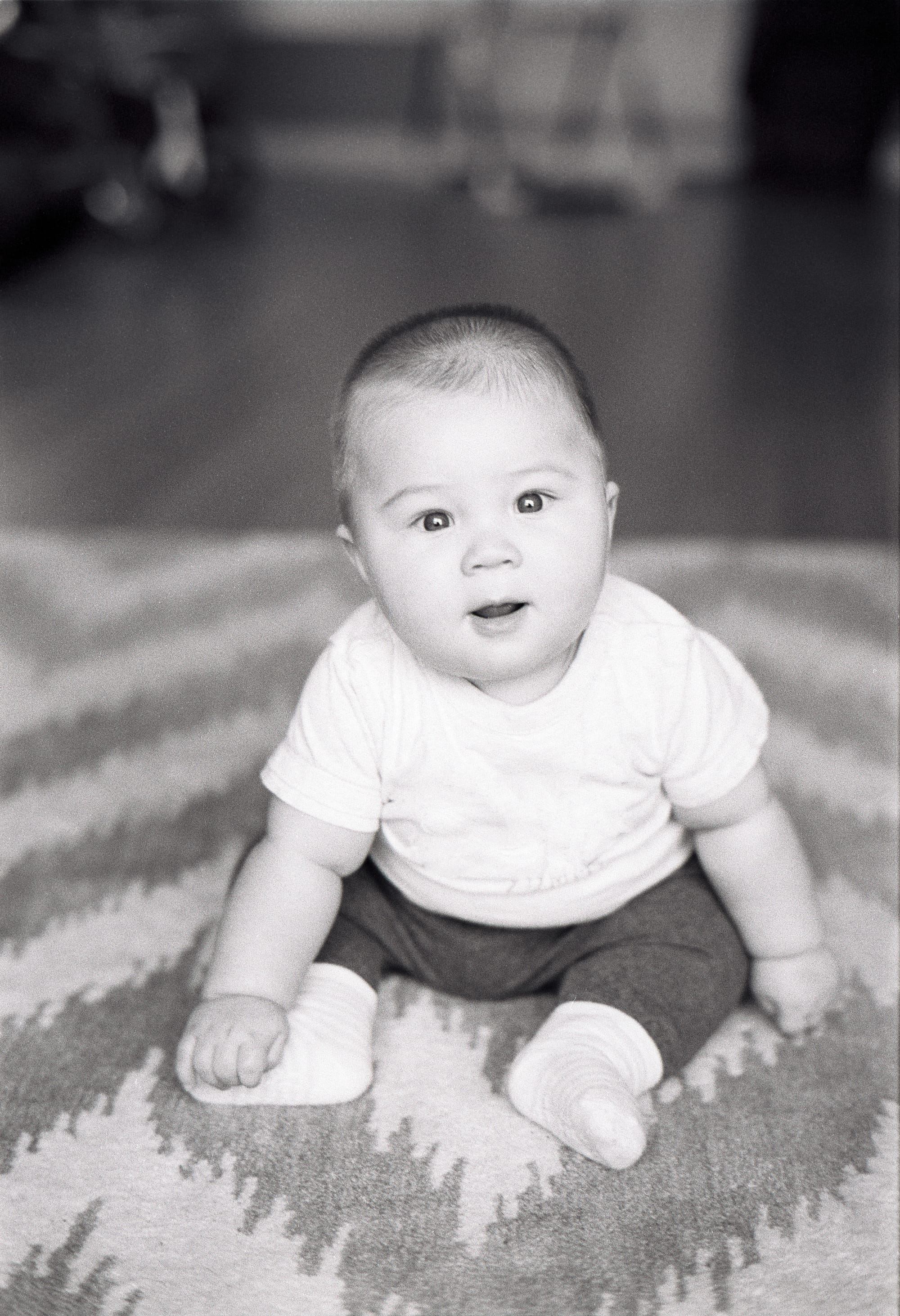

There's very little to nitpick about Ilford HP5 Plus 400 with all that it has going for it, but there a couple of things to be mindful of. First, this is isn't the best choice if you're not a fan of the grainy film look. For a cleaner aesthetic, Kodak T-Max 400 and Ilford Delta 400 both offer a more modern tabular grain structure which produces finer grain overall.
Perhaps most disappointing is the high cost of this film now, as it's easily more than doubled in price in the past few years. For as long as I can remember, Ilford Hp5 Plus 400 has been the most economical professional film available, but even Kodak Tri-X 400 is now cheaper in some markets. One antidote to this issue is to purchase the film in a bulk 100' roll and load it into cassettes yourself, but not everyone is interested in spending time on DIY projects.
Pros
- Massive dynamic range, excellent retention of highlight and shadow detail
- Classic black & white film aesthetic
- Beautiful cubic grain structure adds a lovely texture to images
- Great for beginners with very forgiving exposure latitude
- Can be pushed up to 3 stops in development and still produce excellent results, albeit with more contrast and pronounced grain
- Available in multiple formats: single use cameras, 35mm, 120, large format, and bulk 100' rolls
Cons
- Not ideal if you prefer a contrastier look out of the box and don't want to add it yourself in post production or a darkroom
- If you don't like grain there are better alternatives
- Price is too high


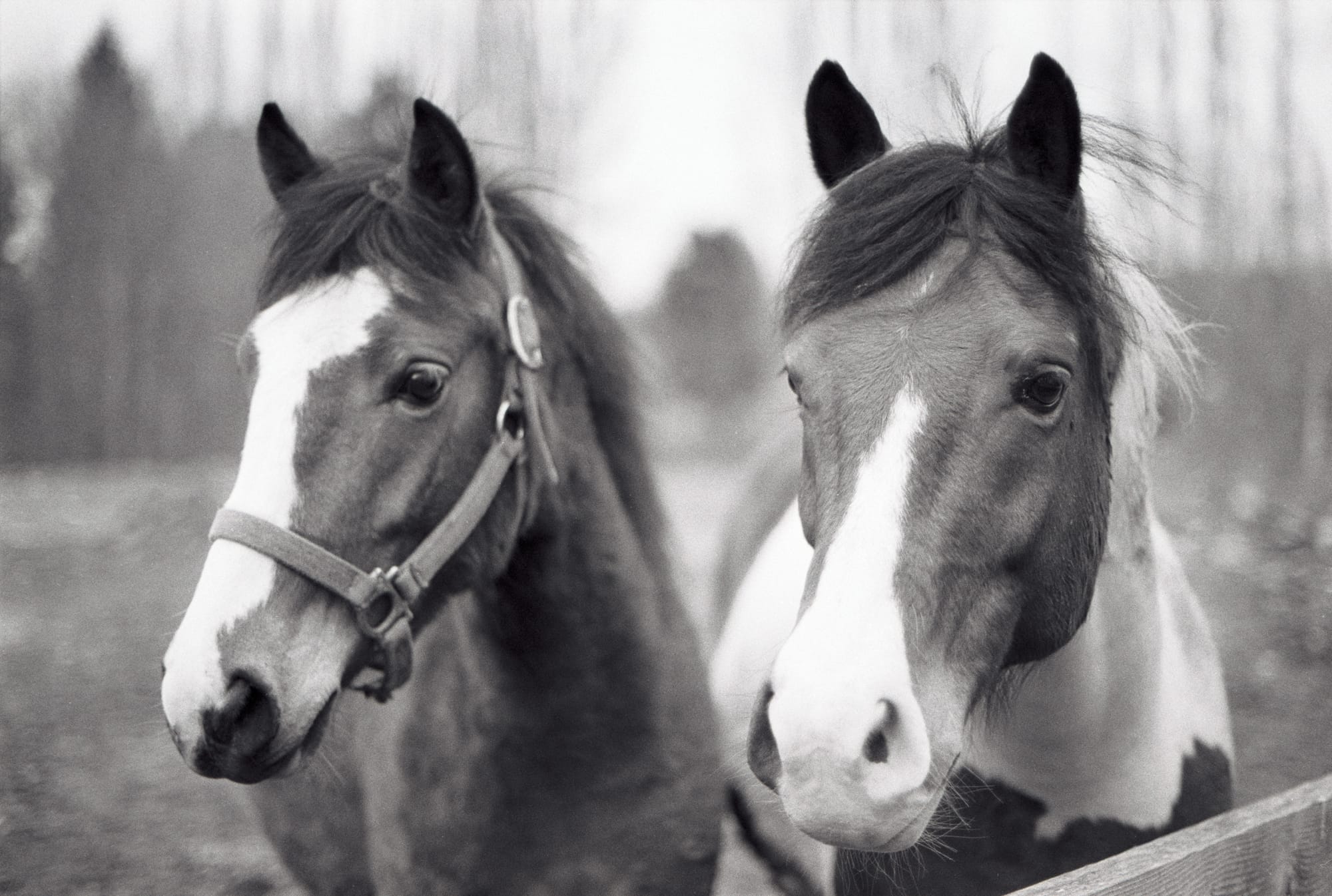
Verdict
If you're looking for the swiss army knife of black and white film stocks, you'd be hard pressed to find a more versatile option than Ilford HP5 Plus 400. Its applications include portraits, documentary work, street photography, still life, weddings, low light / night, landscape, fine art, fast action, and pretty much anything else you can throw at it. Hp5 is available in a wide range of film sizes ranging from 35mm all the way up to large format; even the single use 35mm cameras aren't bad.
Though some users may prefer a film with more built-in contrast such as Tri-X 400, or less grain like T-Max 400, Ilford HP5 Plus 400 remains one of the greatest film stocks ever made; in part due to its incredibly flexible exposure latitude. With a negligible learning curve that's friendly for beginners, and versatility that professionals have come to rely on, it's an easy recommendation for anyone looking to enjoy the process of black and white film photography.
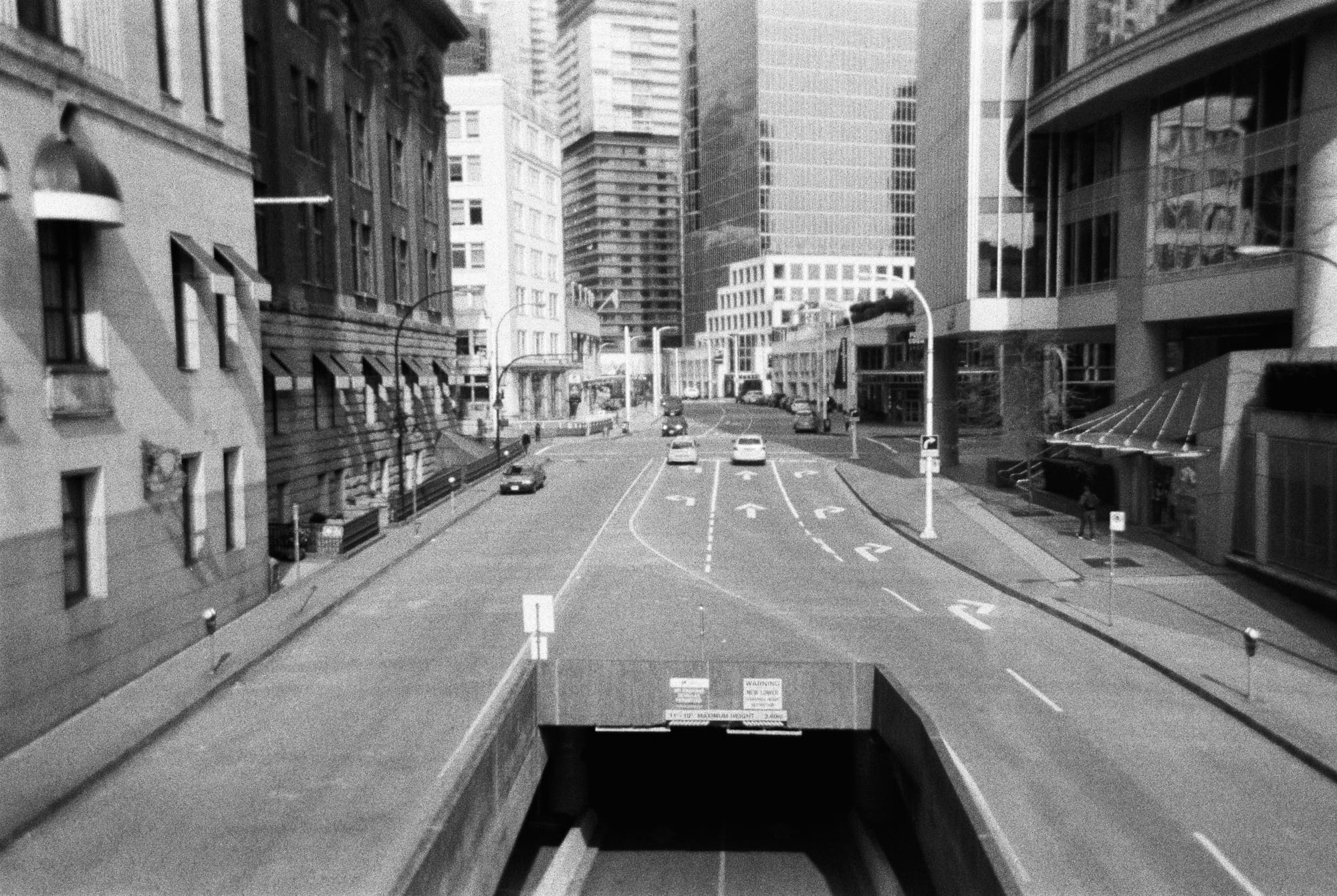

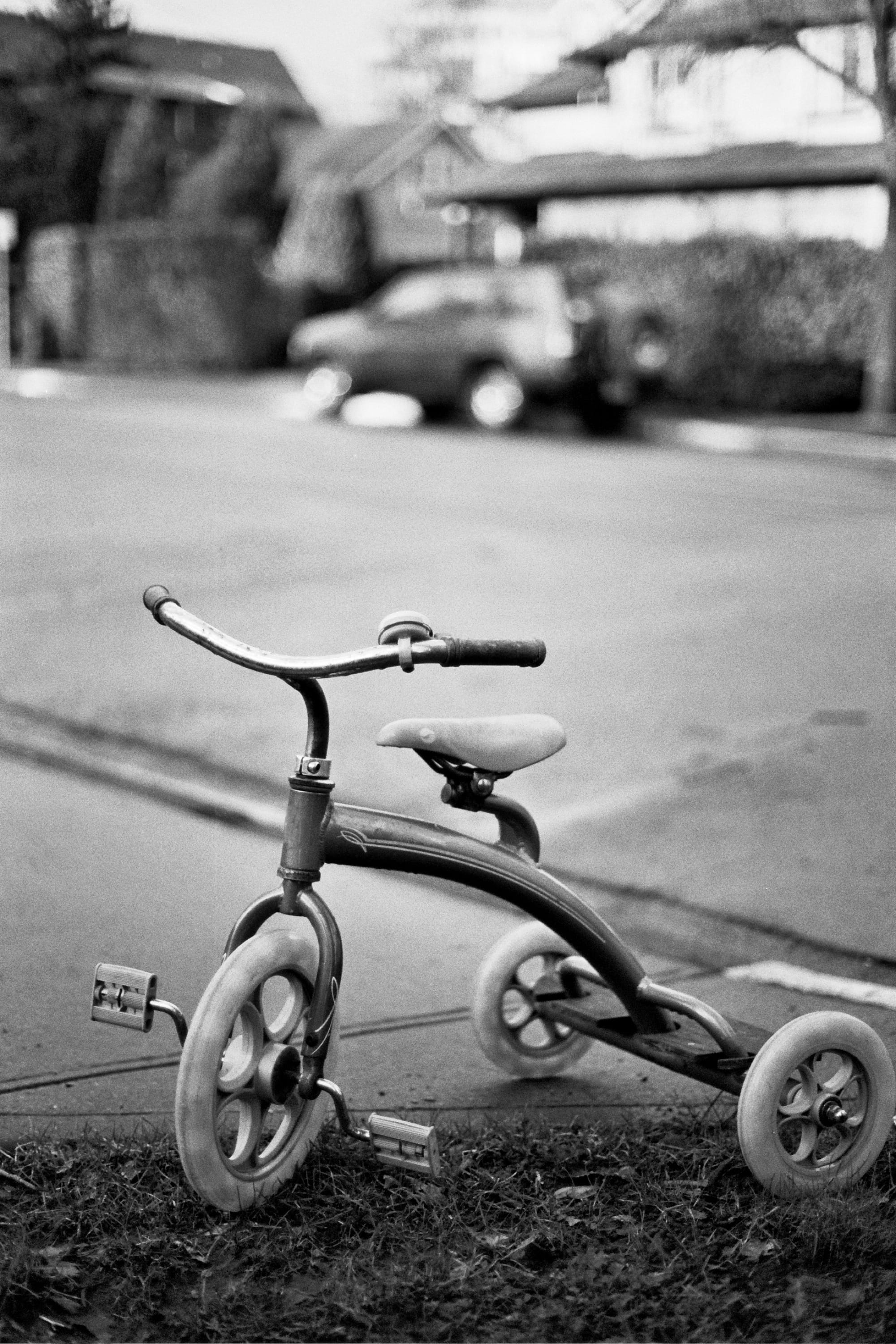
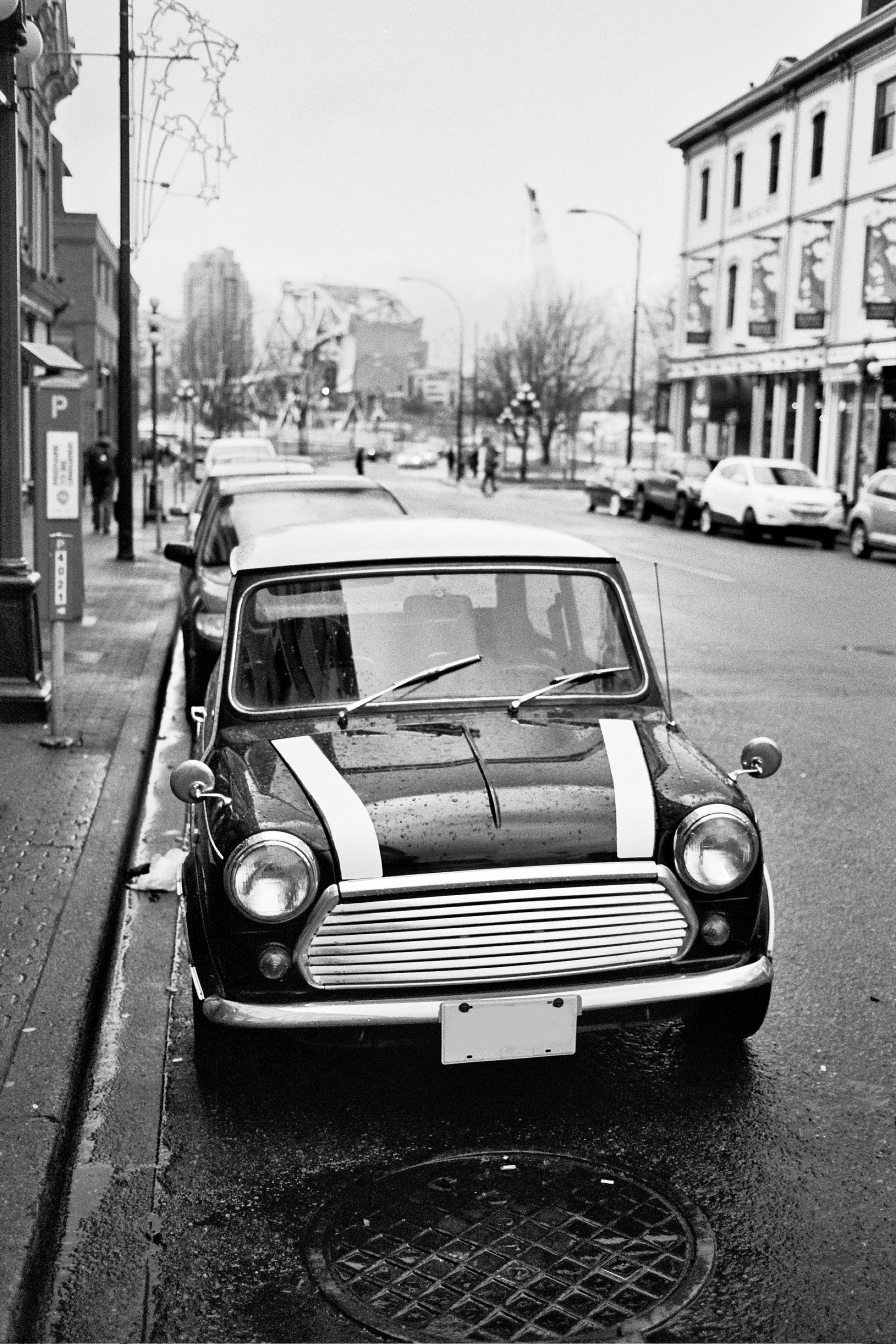
© Nicklaus Walter


